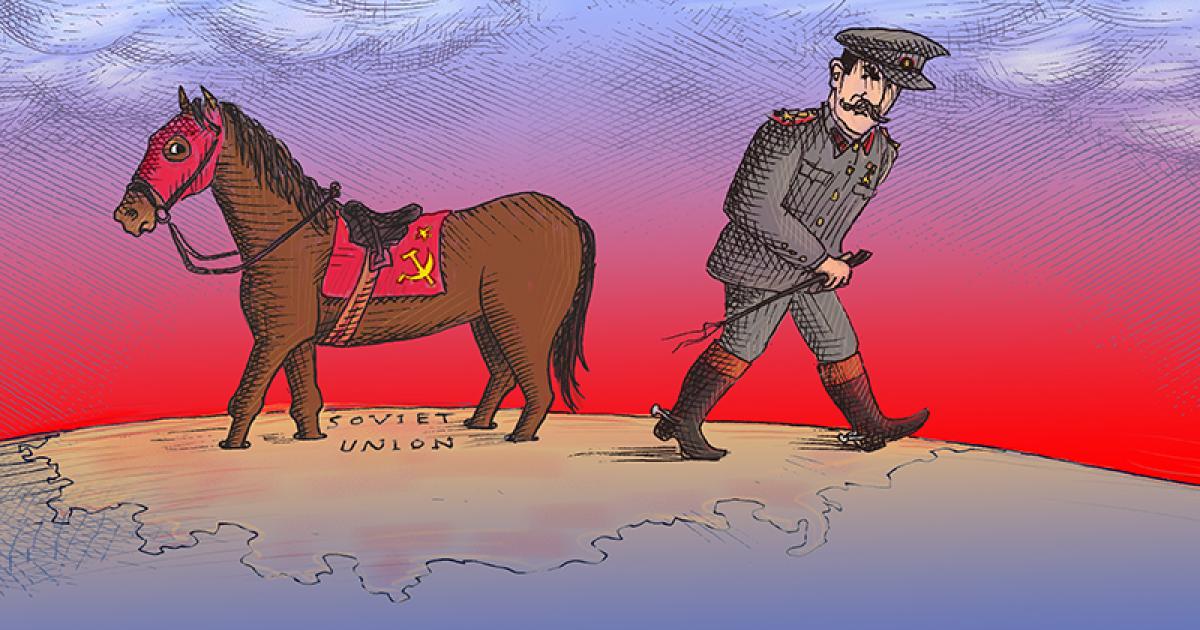As the collapse of the Soviet Union approached, Francis Fukuyama proclaimed the victory of liberal democracy over planned socialism in his 1989 essay, “The End of History?” More than a quarter century later, the USSR has indeed disintegrated. Its former east European empire lies inside the European Union. China has a market economy, though the nation is led by a single party. And the “socialist” states of North Korea, Cuba, and Venezuela are in economic ruin. Few now advocate “back to the USSR.” At the same time, many people still consider socialism an appealing economic system. Consider, for example, that Bernie Sanders—an avowed supporter of a socialist United States—is America’s most popular politician—and that as many millennials favor socialism as capitalism.
The analogy of the jockey and the horse explains the continued appeal of socialism. Socialists believe that socialist regimes have chosen the wrong jockeys to ride the socialist horse to its deserved victory. Bad jockeys such as Stalin, Mao, Fidel, Pol Pot, and Hugo Chavez chose tactics and policies that led their socialist horse astray. But actually, a look at how the Soviet Union actually worked reveals that it’s the horse itself that’s the problem.
After gaining power a century ago and then holding onto it through a civil war, the Soviet communists were intent on building a socialist state that would overwhelm capitalism. State ownership and scientific planning would replace the anarchy of the market. Material benefits would accrue to the working class. An equitable economy would supplant capitalist exploitation and a new socialist man would rise, prioritizing social above private interests. A dictatorship of the proletariat would guarantee the interests of the working class. Instead of extracting surpluses from workers, the socialist state would take tribute from capitalists to finance the building of socialism. READ MORE…

